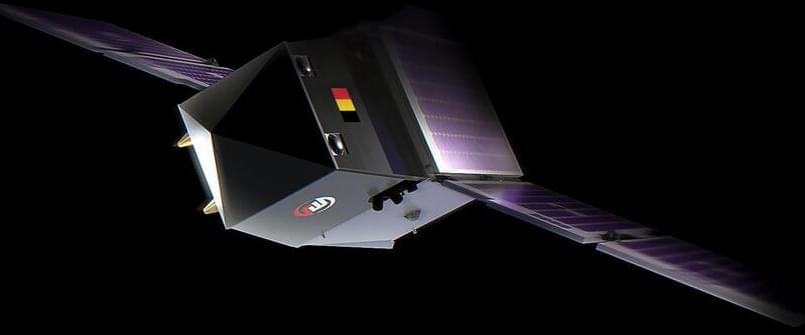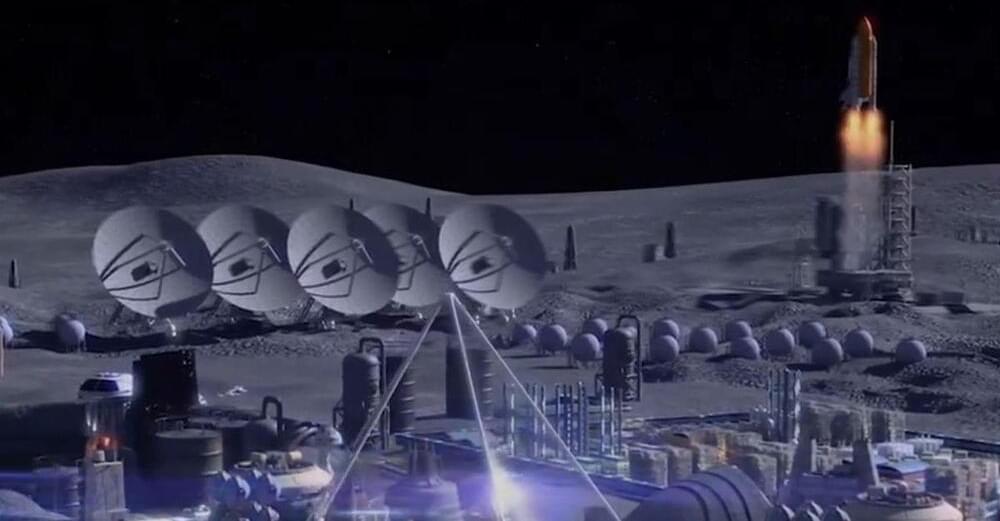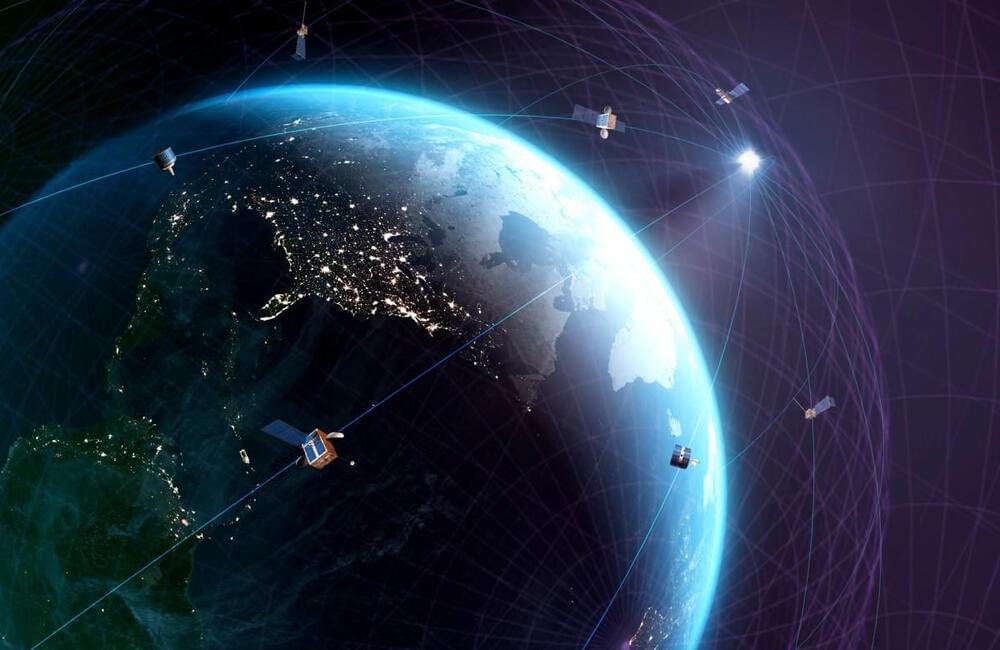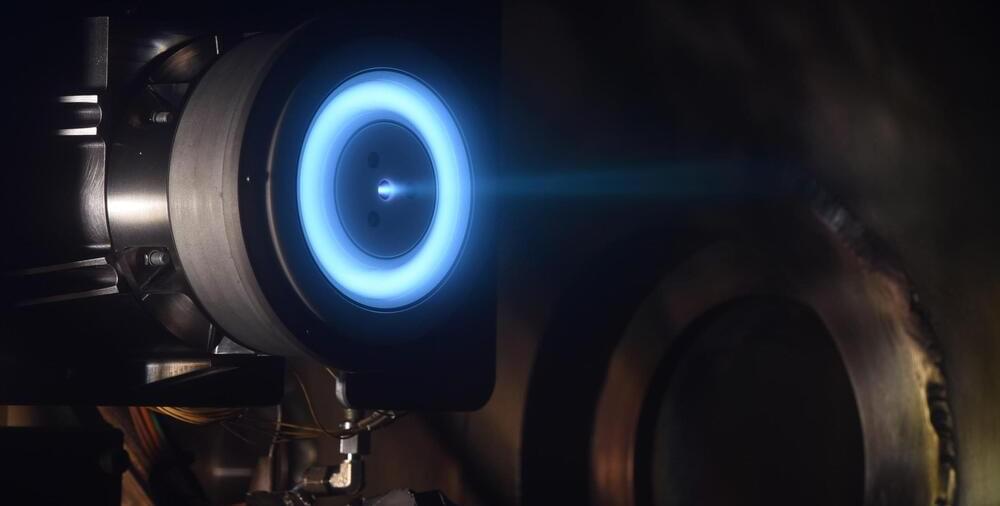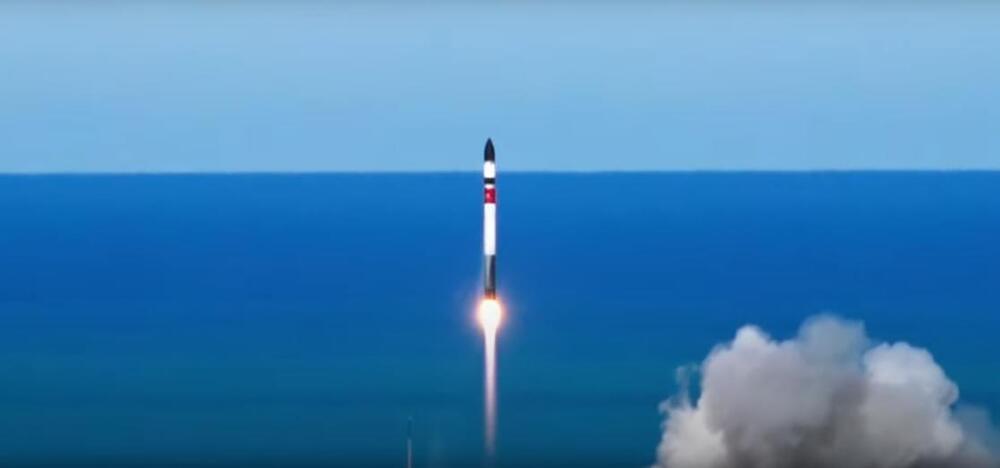May 10, 2024
First ‘extreme’ solar storm in 20 years brings spectacular auroras
Posted by Shubham Ghosh Roy in categories: energy, satellites
WASHINGTON: The most powerful solar storm in more than two decades struck Earth on Friday (May 11), triggering spectacular celestial light shows in skies from Tasmania to Britain — and threatening possible disruptions to satellites and power grids as it persists into the weekend.
The first of several coronal mass ejections (CMEs) — expulsions of plasma and magnetic fields from the Sun — came just after 1,600 GMT, according to the National Oceanic and Atmospheric Administration (NOAA)’s Space Weather Prediction Center.
It was later upgraded to an “extreme” geomagnetic storm — the first since the so-called “Halloween Storms” of October 2003 caused blackouts in Sweden and damaged power infrastructure in South Africa. More CMEs are expected to pummel the planet in the coming days.


